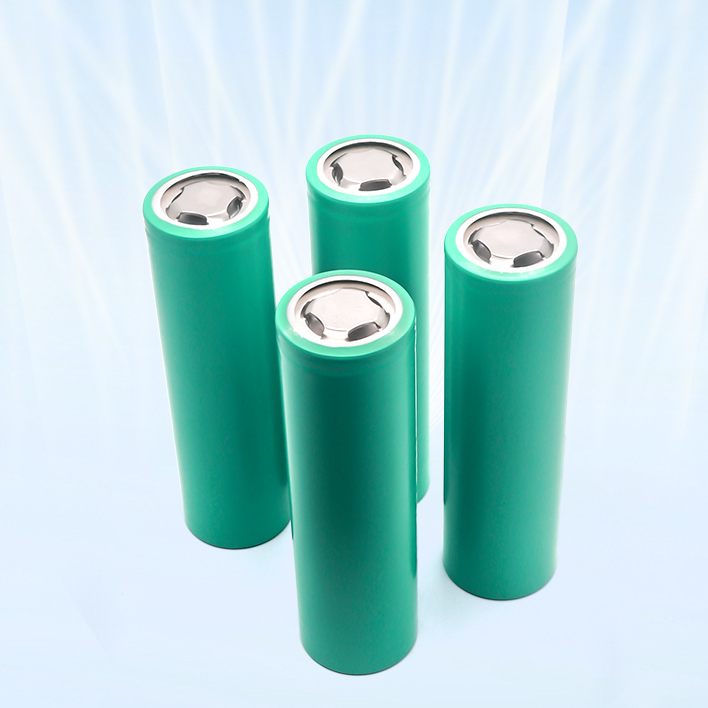Sodium ion batteries are a type of secondary battery that mainly rely on sodium ions moving between the positive and negative electrodes to operate, similar to the working principle of lithium-ion batteries.
The main components of a sodium ion battery are the positive electrode, negative electrode, separator, electrolyte, and current collector. The structure and performance of the positive electrode and negative electrode materials determine the sodium storage performance of the entire battery. The positive and negative electrodes are separated by a diaphragm to prevent short circuits. The electrolyte infiltrates the positive and negative electrodes as a medium for ion flow, and the current collector plays a role in collecting and transmitting electrons. During charging, Na+is released from the positive electrode and inserted into the negative electrode through the electrolyte membrane, causing the positive electrode to be in a high potential sodium poor state and the negative electrode to be in a low potential sodium rich state.
The discharge process is the opposite, where Na+is released from the negative electrode and re embedded into the positive electrode material through the electrolyte membrane, restoring the positive electrode to a sodium rich state. To maintain charge balance, an equal number of electrons are transferred through the external circuit during the charging and discharging process, migrating together with Na+between the positive and negative electrodes, causing oxidation and reduction reactions between the positive and negative electrodes.


1.Performance and advantages:
Lithium resources are in short supply, sodium resources are abundant, and costs are low Sodium and lithium are both alkali metal elements and have similar physical and chemical properties. Both can serve as carriers for metal ions in batteries. In recent years, with the large-scale application of lithium-ion batteries, lithium resources have entered a supply-demand pattern that is in short supply. As of July 29, 2022, the price of battery grade lithium carbonate was 470000 yuan/ton, an increase of 8.3 times from the beginning of 2021. In June 2022, China produced 590000 new energy vehicles, with a penetration rate of 23.6%. Since February 2022, the penetration rate of domestic electric vehicle production has remained above 20%. The lithium industry is still in a tight supply state from 2022 to 2023, and it is not ruled out that lithium prices may return to over 500000 yuan/ton in the second half of 2022. However, sodium resources have a higher element abundance and lower cost in the Earth's crust. As of July 29, 2022, the price of sodium carbonate was only 2782 yuan/ton. In addition, both the positive and negative current collectors of sodium ion batteries can use inexpensive aluminum foil, which can further reduce the cost of the battery system.
2.From the perspective of battery performance:
The solvation energy of sodium ions is lower than that of lithium ions, indicating better interfacial ion diffusion ability. Meanwhile, the Stokes diameter of sodium ions is smaller than that of lithium ions, and electrolytes of the same concentration have higher ion conductivity than lithium salt electrolytes; Higher ion diffusion ability and higher ion conductivity mean that sodium ion batteries have better rate performance, stronger power output and acceptance ability. The publicly available sodium ion batteries have a charging and discharging rate of 3C or above, which can be well applied in large-scale energy storage frequency regulation.
3. Sodium ion batteries have superior high and low temperature performance:
At a low temperature of -40 ℃, more than 70% of the capacity can be released, and at a high temperature of 80 ℃, it can be recycled for charging and discharging. This will reduce the power quota of the air conditioning system at the energy storage system level, as well as the online time of the temperature control system, thereby reducing the initial investment and operating costs of the energy storage system.
4. Sodium batteries have strong competitive advantages in terms of safety and environmental protection
In terms of safety, due to the relatively high internal resistance of sodium ion batteries, the instantaneous heat generation in the event of a short circuit is relatively small compared to lithium batteries, and the temperature rise is relatively low, which has higher safety; At the same time, both positive and negative electrodes in sodium batteries are made of aluminum foil, making the structure and composition of the battery simpler and easier to recycle, making sodium batteries environmentally friendly. In contrast, the lead and acid components contained in lead-acid batteries can cause pollution to the environment, making them less environmentally friendly.
5. The cost advantage of sodium batteries highlights their potential
The average market price of lithium carbonate in March 2020 was 50300 yuan/ton; The average market price of sodium carbonate is 1481 yuan/ton. On July 29, 2022, the price of lithium carbonate was 470000 yuan/ton, which corresponds to an increase in the raw material cost of lithium-ion batteries to 0.77 yuan/Wh; The average market price of sodium carbonate is 2782 yuan/ton, with a single ton increase of only nearly 1301 yuan, far less than the price increase of lithium carbonate.

By continuing to use the site you agree to our privacy policy Terms and Conditions.